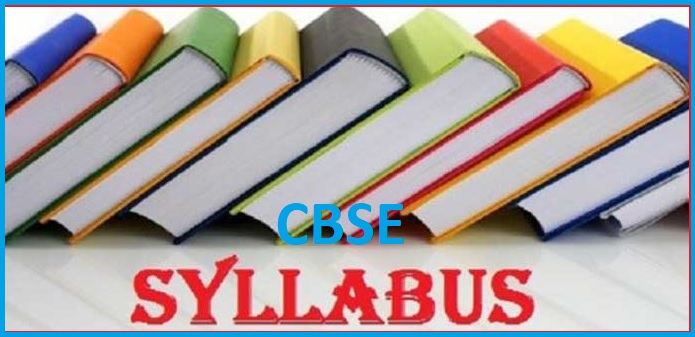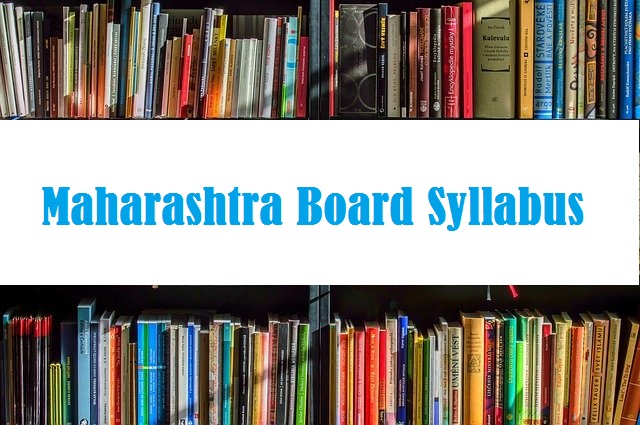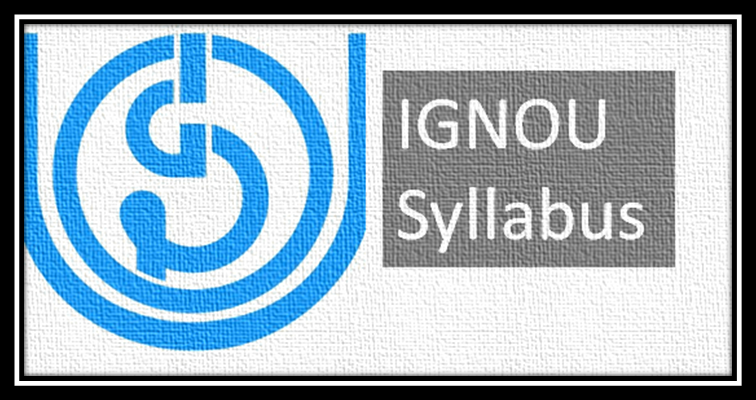NIOS Class 12 Computer Science Syllabus 2024-25

Preparation for the exams begins with gaining familiarity with the syllabus. The Computer Science syllabus of the Senior Secondary course comprise of the important topics from which questions are likely to be asked in their exams. To score good marks in the exam, it is important that the students cover all the topics comprised in their syllabus without leaving even a single topic. This article provides the details related to NIOS Class 12 Computer Science syllabus 2024-25 and the students should check it carefully.
NIOS Computer Science Syllabus for Class 12 2024-25
A total of 16 chapters are included in the NIOS Class 12 Computer Science syllabus 2024. The different topics that come under these chapters are provided below. Students should carefully check out these topics and prepare them for their exams.
Lesson 1: Anatomy of a Digital Computer
- Introduction
- Objectives
- Functions and Components of a Computer
- How the CPU and Memory work
- Input devices
- Keyboard
- Magnetic Ink Character Recognition (MICR)
- Optical Mark Recognition (OMR)
- Bar Code Reader
- Digitizing Tablet
- Scanners
- Mouse
- Light Pen
- Speech input devices
- Memory Unit
- Capacity of Primary Memory
- Secondary Storage
- Magnetic Tape
- Magnetic Disk
- Floppy Disk
- Optical Disk
- Output Device
- Display Screen
- Printer
- Plotter
- Sound Cards & Speaker
- 3 D – Audio
- What do you have learnt
- Terminal Questions
- Feedback to In-Text Question
Lesson 2: Data Processing Concept
- Introduction
- Objectives
- Data
- Processing
- Information
- Data Processing Activities
- The Data Processing Cycle
- Computer Processing Operation
- Data Processing Systems
- Data Organisation
- Variable and Fixed Length Records
- Logical Versus Physical Records
- What you have learnt
- Terminal Questions
- Feedback to In-Text Question
Lesson 3: Computer Software
- Introduction
- Objectives
- Computer Language
- Type of High –Level Language
- Compilers and Interpreters
- What is Software
- Type of software
- System software
- Application Software
- What do you have learn
- Terminal Questions
- Feedback to In-Text Question
Lesson 4: Operating System
- Introduction
- Objectives
- Main features of Windows 98
- Using the Mouse
- The Symbol for Menu Commands
- Desktop
- Desktop Icon
- Start Button and Taskbar
- Programs Submenu
- Favorites Submenu
- Documents Submenu
- Setting
- Find
- Help
- Run
- Shut Down
- Window Explorer
- Managing Files, Folders and Windows
- Shortcuts
- Windows Most Common
- Sharing Folders and Printers
- MS-DOS – Based Program
- What You Have Learn
- Terminal Question
- Feedback to In-Text Question
Lesson 5: Data Communication and Networking
- Introduction
- Objectives
- Data Communication
- Communication Protocol
- Data Transmission Modes
- Types of Communication Services
- Communication Media
- Computer Network
- Types of Networks
- Network Protocols
- Network Architecture
- Important terms used in Networking
- What you have learn
- Terminal Question
- Feedback to In-Text Question
Lesson 6: Fundamentals of Internet and Java Programming
- Introduction
- Objects
- Internet – The History
- Services of Internet – E-mail, FTP, Internet, WWW
- World Wide Web (WWW)
- Java and C++
- Characteristic of Java
- How to Java ignores after Java
- Software Business after Java3
- Java and the Internet
- What you have learnt
- Terminal Questions
- Feedback
Lesson 7: Introduction to C++
- Introduction
- Objectives
- C++ Character Set
- Basic Data Types
- Integer Type (int)
- Floating Point type (float)
- Character Type (char)
- Tokens
- Keyword
- Identifiers
- Literals
- Punctuators
- Operators
- The Size of operator
- The order of Precedence
- Type conversion
- Constants
- Variables
- Input/output (I/O)
- Structure of C++ Program
- What you have learnt
- Terminal Question
- Feedback to In-Text Question
Lesson 8: General Concept of OOP
- Introduction
- Objectives
- Object Oriented Programming
- Basic Concepts
- Objects
- Classes
- Data Abstraction
- Data Encapsulation
- Modularity
- Inheritance
- Polymorphism
- Benefits of OOP
- Programming Applications of OPP
- What you have learnt
- Terminal Questions
- Feedback to In-Text Question
Lesson 9: Control Statements
- Introduction
- Objectives
- Statements
- Compound Statement
- Null Statement
- Conditional Statement
- Loop Construct
- Jump Statements
- Exit ( ) function
- What you have learnt
- Terminal Question
- Feedback to In-text Question
Lesson 10: Functions
- Introduction
- Objectives
- # Include Directive
- Library Function
- User defined C++ function
- Function Prototype
- Arguments to a function
- Return type of a function
- Global and local variables
- Calling of function
- Inline function
- Function with default arguments
- What you have learnt
- Terminal questions
- Feedback to In-text Question
Lesson 11: Array
- Introduction
- Objectives
- Initializations of one dimensional Array
- Initialization of String
- Processing an Array
- Two dimensional Array
- Terminal question
- Feedback to In-Text question
Lesson 12: Structure, Type def & Enumerated Data Type
- Introduction
- Objective
- Structure
- Variable of the Structure
- Accessing of data members
- Structure variable in assignment statements
- Structure within structure
- Accessing nested structure members
- Initializing nested structure
- Typedef
- Enumerated Data Type
- What you have learnt
- Terminal questions
- Feedback to In-Text Question
Lesson 13: Classes & Objects with Constructors/ Destructors
- Introduction
- Objective
- Structure
- Class
- Creating objects
- Accessing class member
- Member function
- Nesting of member function
- Memory allocation for objects
- Array of object
- Constructor
- Default constructor
- Parameterized constructors
- Copy constructor
- Constructor with default arguments
- Destructor
- What you have learnt
- Terminal Question
- Feedback to In-Text Question
Lesson 14: Inheritance Extending Classes
- Introduction
- Objectives
- Need for Inheritance
- Different forms of inheritance
- Defining derived class
- Multiple inheritance
- Visibility modes
- Absent class
- Virtual base class
- What you have learnt
- Terminal Questions
- Feedback to In-Text Question
Lesson 15: Pointer
- Introduction
- Objectives
- Pointer
- Pointer to Array
- Pointer to string constant
- Pointer to structure
- Pointer to objects
- This pointer
- What you have learnt
- Terminal Question
- Feedback to In-Text Question
Lesson 16: Files
- Introduction
- Objectives
- File
- Opening a file
- Open ( ) function
- File pointers
- The tellg ( ) and tellp ( ) function
- Write ( ) and read ( ) functions
- Close ( ) function
- What you have learnt
- Terminal Questions
- Feedback to In-Text Question
NIOS Class 12th Computer Science Syllabus: PDF
Check- NIOS Admission



